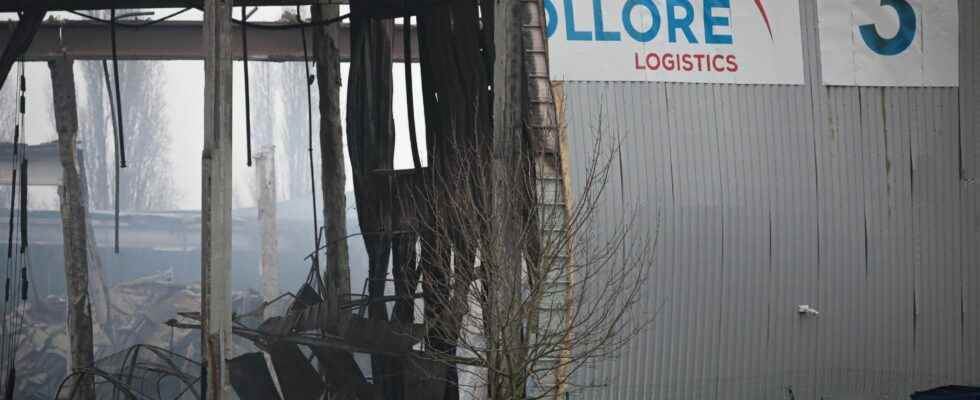The fire declared Monday, January 16 in Rouen in a warehouse of the company Bollore Logistics housing several thousand lithium batteries did not lead to specific containment measures. However, it resulted in a long plume of smoke. And we know that when burning, batteries and tires give off toxic elements. To try to find out more about the risks run by the population, L’Express interviewed Jean-Baptiste Renard, research director at the Laboratory of Physics and Chemistry of the Environment and Space (CNRS), member of the air health climate collective and specialist in fine particles.
The Express: The authorities communicated fairly quickly on the smoke that had left very high in the sky and speaking of a good dispersion. But is this really reassuring for the population?
Jean-Baptiste Fox: The trajectory of the plume depends on many parameters: the direction and intensity of the winds, the temperature… But whatever happens, the particles always end up falling. They mix with the ambient air that we breathe, part of it goes into the ground or ends up in rivers. To know the impact of the fire, it would therefore be necessary to carry out very complicated studies of the dispersion of the plume. This can take several days to fall and it sometimes spreads very far. The proof with the fire in the Landes forest last summer, of which a tiny bit of the plume ended up falling… in the Paris region. This was seen in the measuring instruments. For two or three hours, we exceeded the alert thresholds.
It may not have been much, but you don’t need a lot of fine particles to reach dangerous levels. For the famous PM 2.5, that is to say those with a size of less than 2.5 micrometers, the WHO has set the exposure thresholds at 5 micrograms on average and no more than 15 micrograms per day. These levels can be reached quickly and this has undoubtedly been the case in part of the Rouen conurbation. Unfortunately, the lack of a measuring station makes it very difficult to assess the dispersion of the plume and its fallout.
One of the lessons of the Lubrizol fire in 2019, was it not to strengthen our air quality measurement systems?
Yes. But to my knowledge, few things were put in place on this side after the Lubrizol disaster, at least in medium-sized towns. One of the problems is due to the measuring instruments themselves: there are excellent quality ones but they are very expensive. So you have very few of them deployed.
On average, a city has two or three for PM10, and one or two for PM 2.5. In Paris, only five instruments measure PM 2.5. We can therefore carry out tests in a specific point but if the plume or the concentration of particles does not correspond to this place, the air quality agencies will miss it. This is the reason why some are starting to equip themselves with sensors that are much less expensive but which still allow you to have a snapshot of a given situation. Except that in Rouen, there is none. The city could eventually mount a campaign of measures, but it would take several days. So we would arrive after the battle.
What advice would you give to the population in the event of an incident like the one that has just hit the city of Rouen?
Unfortunately there is not much to do. Moving industrial centers away from cities does not seem feasible.
When a disaster of this kind occurs, it is therefore better to stay at home and limit physical effort, to breathe fewer harmful particles, while waiting for it to pass. This is the whole problem of highly industrialized areas located close to populations. We know that incidents occur regularly. They are not all important and publicized, but they result, depending on weather conditions, in pollution peaks that can last a few hours for example.
Of course, it is difficult to estimate the health consequences of this multitude of events. There is no doubt a cumulative effect over the years for people breathing in the toxic particles. But we lack data to confirm this. Really, field measurements should be taken immediately after major disasters or fires and supplemented by laboratory work to find out more about what is released. Another challenge is to improve the medical follow-up of populations following such events.
